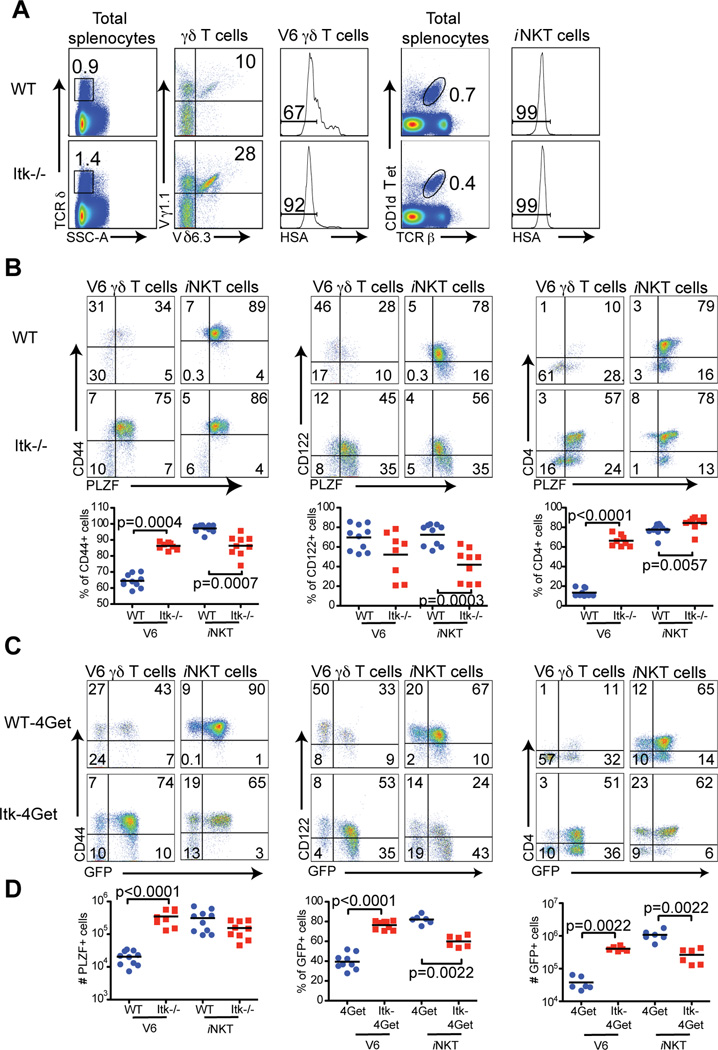Figure 1. Splenic γδ NKT cells in Itk−/− mice have increased expression of PLZF and IL-4 mRNA.
Splenocytes from WT and Itk−/− mice, or WT-4Get and Itk−/−-4Get mice were stained and analyzed by flow cytometry.
(A) Total splenocytes were analyzed for TCRδ (left panels), and positive cells were gated on and examined for Vγ1.1 and Vδ6.3 expression (second panels). V6 cells were further examined for HSA expression (third panels). iNKT cells were identified by staining with CD1d tetramer and anti-TCR (fourth panels). iNKT cells further examined for HSA expression (right panels).
(B) HSA− V6 γδ T cells and iNKT cells in the spleen were analyzed for expression of CD44, CD122, CD4 and intracellular PLZF. The mean fluorescent intensity of total PLZF in V6 cells is 395±41 for WT and 733±24 for Itk−/−. Dot-plots show representative data; compilations of data from of all experiments are shown in the graphs below. Each data point represents one mouse and the black bars indicate the means. Statistically significant differences are shown with p values.
(C) HSA− V6 γδ T cells and iNKT cells from WT-4Get and Itk−/−-4Get mice were stained and analyzed for CD44 vs GFP, CD122 vs GFP and CD4 vs GFP expression. Data are representative of at least two independent experiments.
(D) Compilations of data show absolute numbers of PLZF+ cells, and percentages and absolute numbers of GFP+ cells within the HSA− V6 γδ T cell or iNKT cell population. Statistically significant differences are shown with p values.

